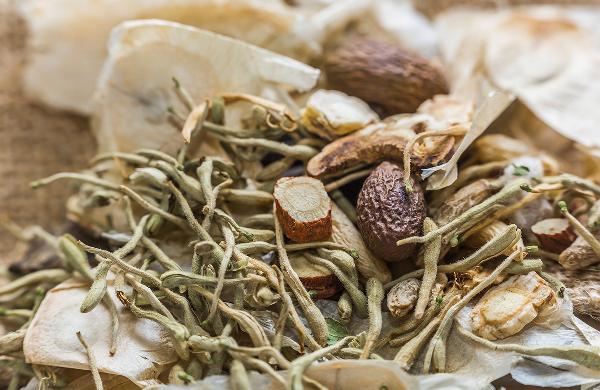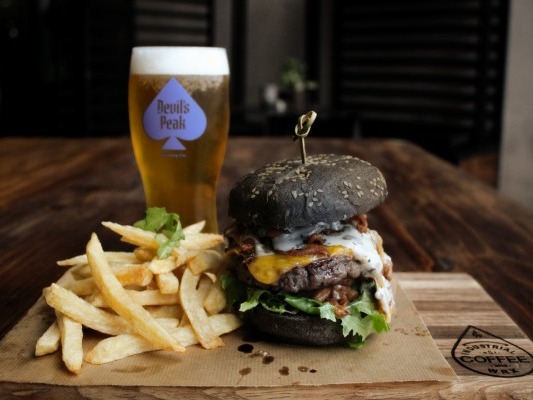Misconceptions About Calorie Density
One of the primary reasons peanut butter isn’t widely recognized as a healthy superfood is its high calorie density. A single tablespoon contains around 90-100 calories, which can lead to overconsumption if not portioned carefully. Many people associate calorie-dense foods with weight gain, overlooking the fact that peanut butter’s healthy fats and protein can actually promote satiety and support weight management when consumed in moderation. This misunderstanding often deters individuals from incorporating it into their diets, especially those focused on calorie counting.

Concerns About Added Ingredients
Commercial peanut butter brands often include added sugars, hydrogenated oils, and preservatives to enhance flavor and extend shelf life. These additives can diminish the nutritional value of peanut butter, leading consumers to view it as an unhealthy choice. While pure peanut butter—made solely from peanuts and perhaps a pinch of salt—retains its health benefits, the prevalence of processed options on store shelves has tarnished its reputation. Educating consumers about the importance of reading labels and choosing natural varieties could help shift this perception.
Affordability Compared to Other Protein Sources
While peanut butter is relatively inexpensive, some argue that it’s not as budget-friendly as other plant-based protein sources like lentils or beans. However, when considering its versatility and nutrient density, peanut butter offers significant value for its cost. A single jar can be used in a variety of dishes, from smoothies and oatmeal to sauces and baked goods, making it a practical addition to any kitchen. Its long shelf life also reduces food waste, further enhancing its cost-effectiveness.
Allergen Concerns
Peanut allergies are one of the most common food allergies, affecting millions of people worldwide. This has led to a cautious approach to peanut butter in schools, workplaces, and public spaces, further limiting its accessibility and appeal. While this is a legitimate concern for those with allergies, it shouldn’t overshadow the benefits peanut butter provides for the majority of the population. Increased awareness and alternative options, such as seed butters, can help address this issue without diminishing peanut butter’s value.
Cultural and Dietary Trends
The rise of low-carb, keto, and paleo diets has shifted the focus away from peanut butter, which is often perceived as too high in carbohydrates or fats for these eating plans. However, peanut butter’s macronutrient profile aligns well with many of these diets when consumed in appropriate portions. Additionally, the growing popularity of nut butters made from almonds, cashews, and other nuts has created competition, diverting attention from peanut butter’s unique benefits.
The Case for Pure Peanut Butter
Despite these challenges, pure peanut butter remains a nutrient-dense, affordable, and versatile food that deserves a place in the healthy budget superfood category. Its high protein content supports muscle repair and growth, while its healthy fats promote heart health and reduce inflammation. Rich in vitamins like E and B6, as well as minerals such as magnesium and potassium, peanut butter provides a wide range of essential nutrients. By addressing misconceptions and highlighting its benefits, consumers can begin to see peanut butter as a valuable addition to a balanced diet.
How to Incorporate Peanut Butter into a Healthy Diet
To maximize the benefits of peanut butter, opt for natural, unsweetened varieties and practice portion control. Use it as a spread on whole-grain toast, a dip for fruits and vegetables, or a base for homemade energy bars. Pairing peanut butter with fiber-rich foods can enhance its satiety effects, making it a satisfying snack or meal component. Experimenting with recipes that incorporate peanut butter can also help diversify its use and showcase its versatility.
Conclusion
























